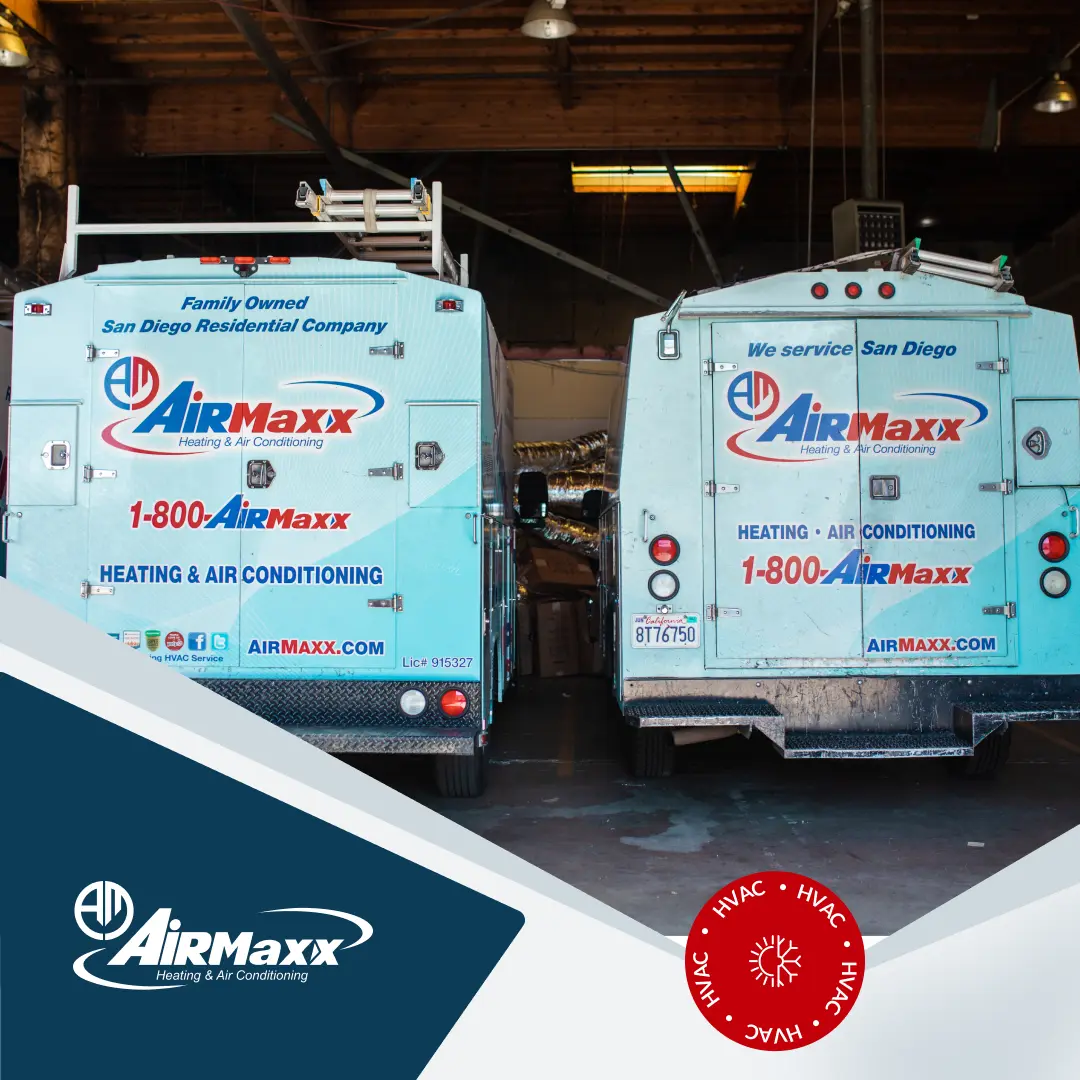Inclement and extreme weather can cause damage to your home in a thousand different ways, from hail and wind damage to floods and even lightning strikes. While the majority of homeowners take steps to prepare their home and defend against these weather possibilities, many don’t often give too much thought to a part of the home that is especially prone to damage during storms and extreme weather – the home heating and air conditioning system.
A home heating and cooling system is a big part of a home and a big investment; while many of us often neglect to properly protect these systems from extreme weather, there are a series of simple steps you can take, and simple safeguards that you can put in-place to ensure that your home heating and air conditioning systems will weather even the worst annual extreme weather.
Protecting Your HVAC System Against Lightning

One of the most detrimental weather-related issues that cause damage to HVAC systems is lightning. This is because unlike the damage that can be done with water or wind, a lightning strike can literally “total” you HVAC System in a split second. While rooftop units are especially open to lightning strikes, it should be said that ALL HVAC systems can be open to a lightning strike, whether they are located on the roof, on the ground, or even installed as a window unit. Of course, a homeowner cannot 100% protect HVAC systems from a direct lightning strike, they can take action to ensure that a direct or nearby lightning strike does not severely damage or completely destroy the unit.
HVAC System and Whole Home Surge Protectors

That’s right, just like we place strip-surge protectors between wall outlets and our most expensive electronics, whole home and HVAC surge protectors are built to perform the same function and protect the delicate electronics in HVAC systems and home utilities by re-routing the massive electric surge from lightning strikes and power surges away from these items. Whole home and HVAC surge protectors are much different than the power strips that most have us see and use every day, these surge protectors are industrial-strength and are designed with protection of major utilities in mind. These protectors are so effective at protecting HVAC systems, washer/dryers, and other home utilities that some manufacturers of whole home and HVAC surge protectors will give a guarantee to fully replace any utility or HVAC system if the surge protector fails. Homeowners would be advised to have their home’s electrical system and HVAC system checked to see if they are missing this crucial component in protecting their homes and HVAC systems.
Protecting Your HVAC System Against Snow and Ice

Snow and Ice is another enemy against HVAC systems that comes into town with the annual winter storms. While modern air conditioning and heating systems have been built to function-in and survive both snow and ice, the two can bring damaging effects if your HVAC system is not well-protected from the elements. The biggest threat that the snow and ice can bring to your heating and cooling system is the threat of freezing – specifically the pipes, which can freeze and burst. Again, modern HVAC systems are fairly well protected against this, though yearly maintenance of your HVAC system will ensure that your pipes are well-insulated and protected from the direct touch of freezing temperatures. Keeping intakes and exhaust pipes clear of snow and ice is essential in making sure that your system is not damaged during a snow storm. Simply keeping a watchful eye on the snow pack levels and routinely shoveling excess snow from 3-5 feet around the HVAC unit and its components can easily be done by a homeowner, and this simple step can save you the time and money of repairing or replacing your system due to damage from ice and snow.
Protecting Your HVAC System Against Wind and Dust

A larger issue for those living in the “Plains States” and the desert southwest – but affecting HVAC systems all around the country – is the threat of heavy winds and blowing dust. The threat to HVAC units from dust and win is not necessarily direct damage from the wind or collateral damage from dust and debris hitting the unit, the real damage comes from the wind and debris clogging air intakes and ductwork. HVAC units are finely tuned to work efficiently at a standard pressure throughout the system. When the air moving through the system becomes restricted, it forces the HVAC unit to work much harder than normal to put out the same base results. All this extra pressure causes stress on all parts of the HVAC system, causing parts to wear down more quickly and causing the slow death of the unit. To combat this, homeowners are advised to NOT run their HVAC units during heavy winds. After a heavy windstorm, always check your unit and the intakes to make sure there is no visible damage, and clean away and dust and debris from the storm. Leaves especially tend to easily find their way into the nooks and crannies of the system, and leaves account for the majority of repairs and replacements due to clogged airways. Making sure that you have at least two seasonal maintenance checks of your HVAC system per year will ensure that the HVAC unit gets a thorough cleaning and that your systems is once again protected for another possible windstorm.
Protecting Your HVAC System Against Torrential Rain

Running through the elements, we come to rain and the damaging effects it can have on your home heating and cooling systems. Water and humidity are a constant force against HVAC systems, even when it is not raining. HVAC systems do a good job of “scrubbing” the from the intake to remove humidity and water levels in the air on a day-to-day basis, but when heavy rains come in and push humidity levels even higher, your HVAC system will have to work even harder. A common homeowner complaint after heavy, wet storms is the leaking of water coming from or near the air conditioning unit and components. These leaks come from a number of different places but most often they develop from the drip pan of the unit becoming too full – due to slow draining – and running over, creating pudding within walls and eventually water damage. Regular maintenance of your HVAC systems will ensure that there is ample volume in the drip pan for water collected, and insure that the pumping system is adequate for evacuating that collected water.
Elevate Your HVAC Systems

Another common cause of damage to HVAC systems via rain comes in the form of flooding. As strong and protected as modern day HVAC systems are, they can’t survive when submerged in water. The easiest way to protect from this is to look at the location of your HVAC systems and components and assess their risk of flood. Is your furnace located in your basement that tends to have flooding issues? Is the outside air conditioning unit sitting in an area of your yard with no drainage or grading to wick away the water? Is your unit installed on a flat roof that tends to accumulate water quickly? Looking at the placement of your HVAC system with this mindset is the best way to assess the flood risks of your system. HVAC Contractors will recommend anywhere from a minimum of six inches to twelve inches elevation from the ground to the base of the unit, but these are not magic numbers, the placement of the unit and the risk of flood should be your basis for how elevated the system needs to be.
Proper and Routine HVAC Maintenance is the Key

While there are a lot of steps that a homeowner can take toward protecting their HVAC systems in all seasons and in all extremes of weather, proper HVAC maintenance throughout the year is the best defense one can take. A heating and air conditioning contractor takes all of the above-mentioned threats into account on every service call, and will see a potential problem and address it proactively, ensuring that no matter what type of weather is heading-in, your system is protected. HVAC Contractors recommend a minimum of two HVAC maintenance appointments per year (usually in spring and fall, before the extreme seasons), and with scheduled maintenance plans, the health of your system is easily monitored and scheduled out at your convenience. Remember to take good care of your home heating and air conditioning systems, because they are battling the elements and extreme climates so that you don’t have to.



